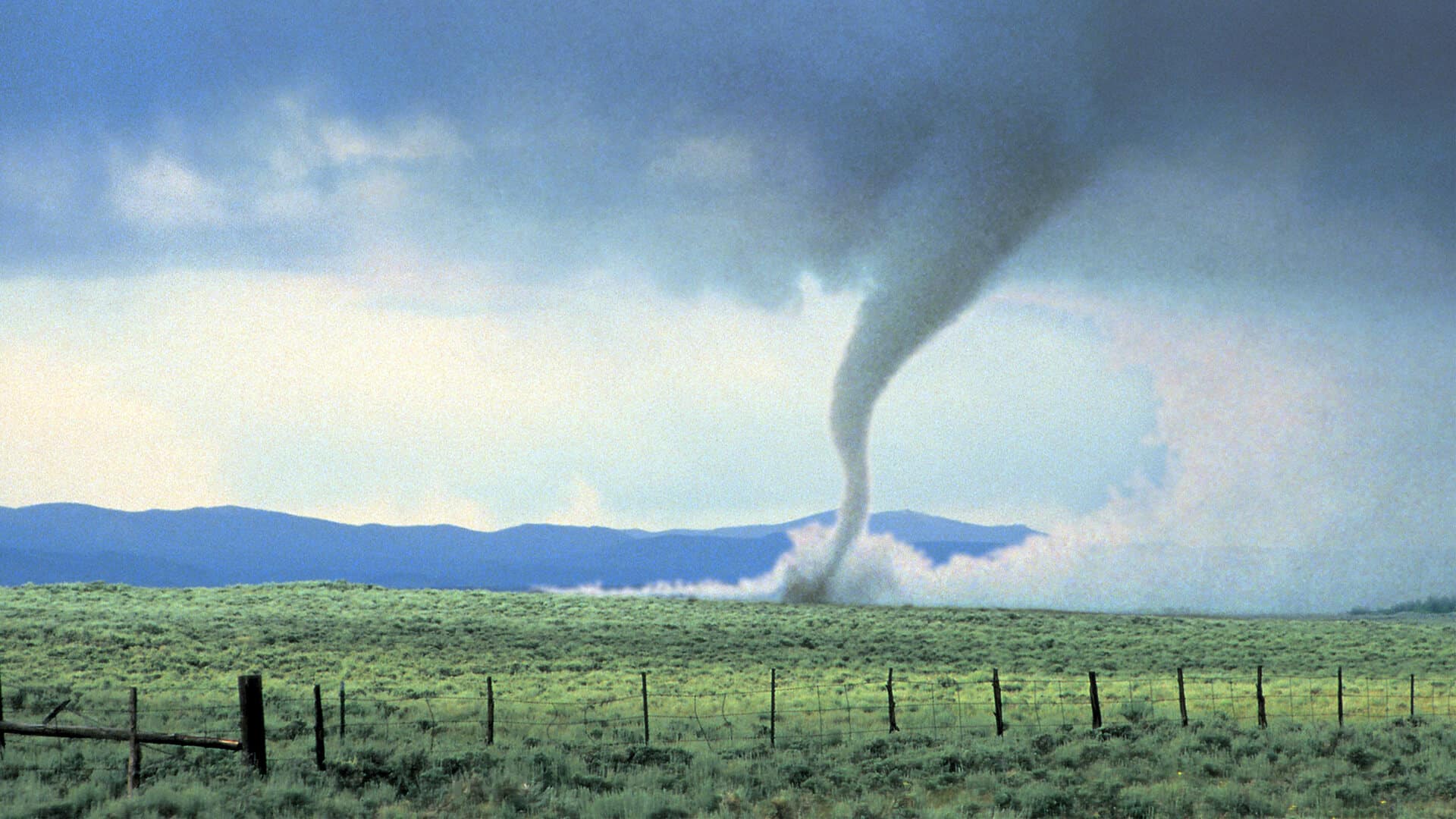Just under a month after launch, the James Webb Space Telescope has reached its final destination about one million miles away from Earth, according to CNN. By examining distant exoplanets, the Webb mission aims to answer long-standing questions about how fast the universe is expanding and what happened in its early days.
The telescope will make its observations from the second Lagrange Point – one of five sites named after Italian-French mathematician Josephy-Louis Lagrange, where “the gravitational pull of two large masses precisely equals the centripetal force required for a small object to move with them,” thus reducing the amount of fuel required for spacecrafts to “remain in position,” according to NASA.
Webb is the most powerful telescope built to date, with far greater capabilities than the Hubble Space Telescope. While Hubble has served as an excellent resource for scientists over the past 30 years, it is beginning to show wear and tear in old age, suffering glitches that interfere with its ability to collect reliable data.
Nearly 100 million miles from the sun, Webb’s view of deep space will enable it to detect infrared light from distant stars, galaxies, and other dim celestial bodies. The spacecraft must maintain a temperature of negative 370 degrees Fahrenheit to work properly.
“The very first stars and galaxies to form are hurtling away from Earth so fast that the light is shifted from visible wavelengths into the infrared. So the Hubble Telescope couldn’t see that light, but JWST can,” NPR’s Joe Palca explained.
Bill Ochs, Webb project manager at NASA’s Goddard Space Flight Center, said his team will spend the next three months calibrating the James Webb Space Telescope’s mirror segments and evaluating its instruments.
The mission, which NASA has been planning since the late 1980s, comes at a price of about $10 billion. Its first cosmic images will be released this summer.











